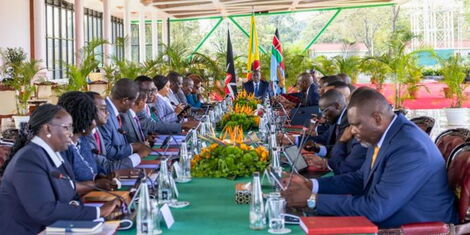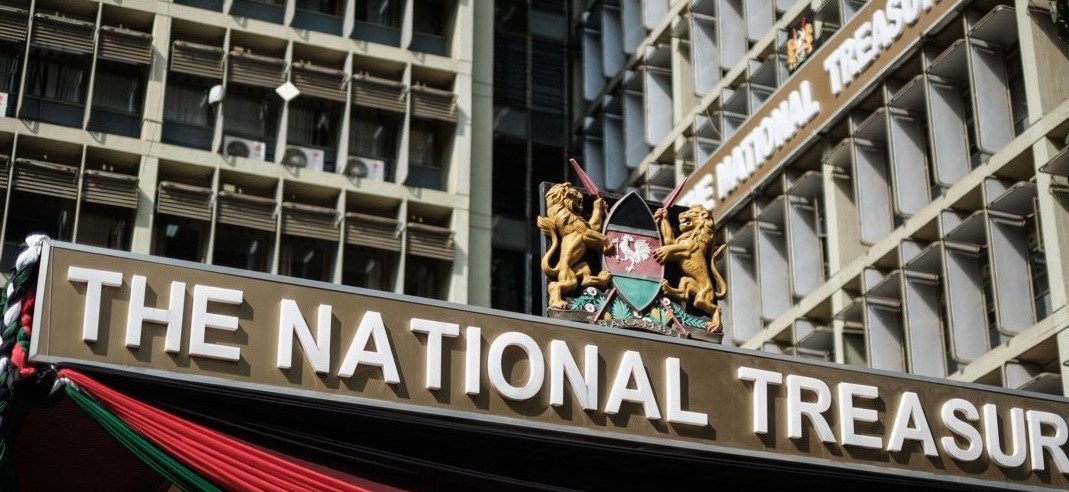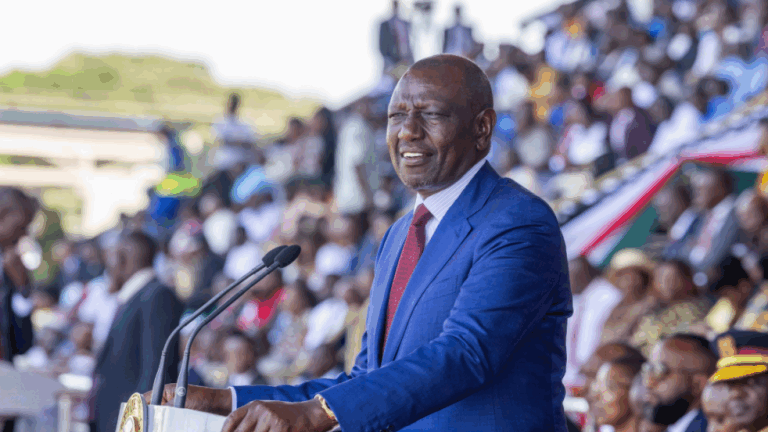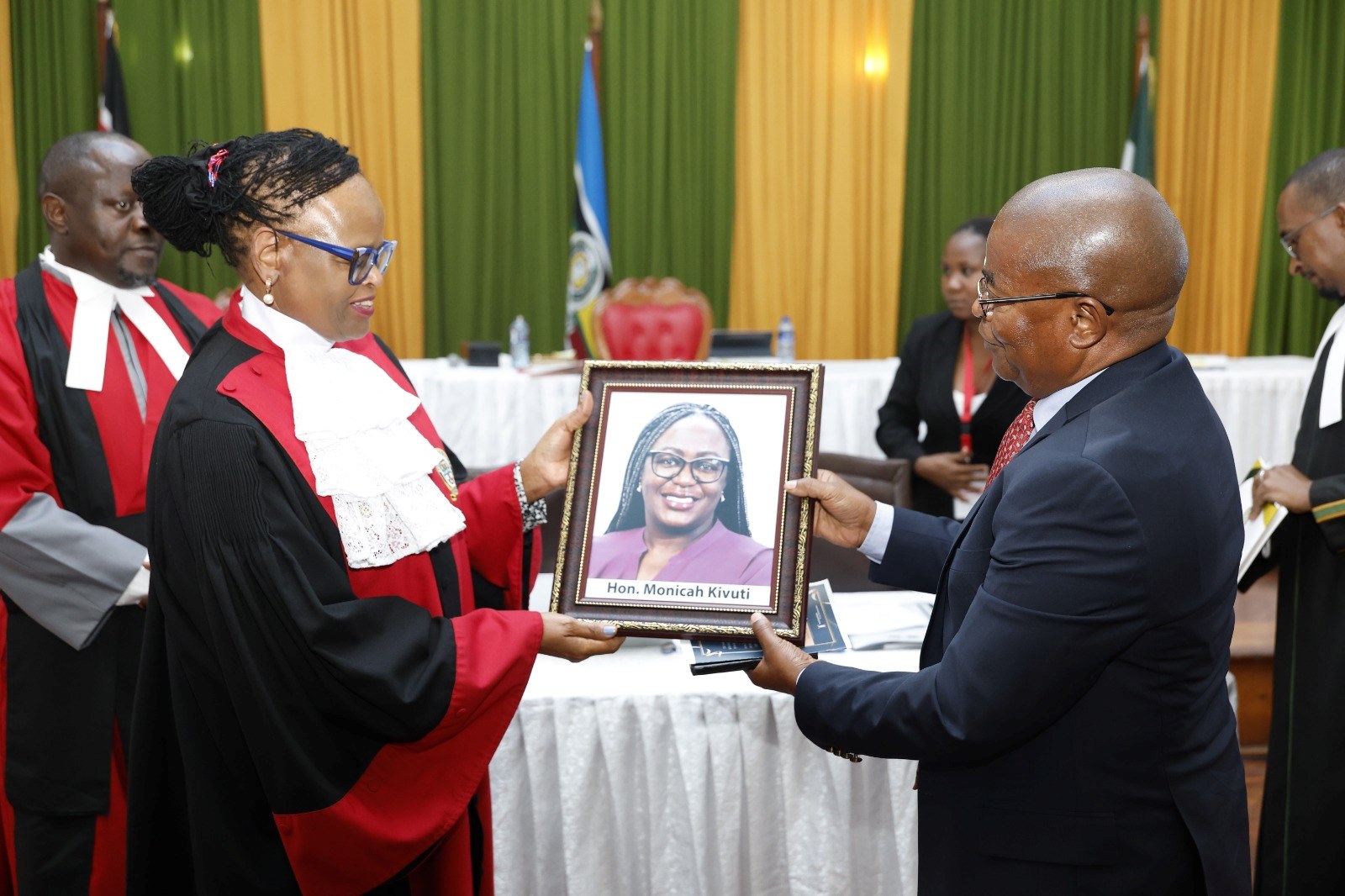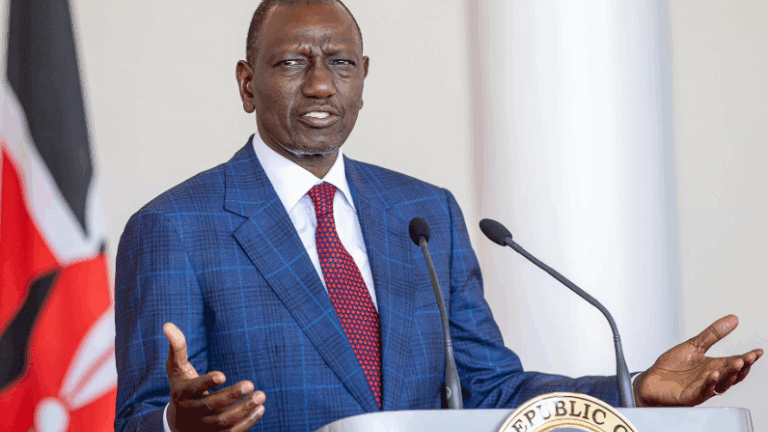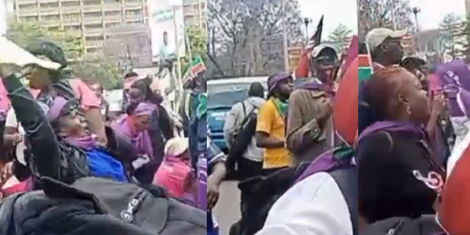
Anger boiled over this morning as cancer patients and their supporters staged a dramatic protest at the Social Health Authority (SHA) headquarters in Upper Hill, demanding the government overhaul medical coverage to match the crushing costs of life-saving care.
A heavy contingent of demonstrators congregated mid-morning outside the SHA offices, waving placards and sounding vuvuzelas, disrupting traffic flow in the bustling Upper Hill corridor. Their message was urgent, raw and unambiguous: the current SHA payout is life-threateningly inadequate.
“KSh 550,000 Isn’t Enough” — Protesters.
At the heart of the uproar is the SHA’s ceiling of KSh 550,000 per household (with KSh 400,000 earmarked per individual) for cancer diagnosis and treatment. While the SHA asserts that KSh 100,000 is allocated to diagnostics (such as PET or PSMA scans) and KSh 300,000 to treatment, protesters contend the sums dramatically undershoot real-world expenses.
Patients say that costs for chemotherapy, radiotherapy, surgeries, medications and follow-ups routinely exceed these budgets, leaving many to shoulder catastrophic bills or forgo treatment altogether. The protestors demanded an immediate review of the coverage caps and compensation that reflects current oncology costs.
Escalating Pressure, Political Stakes.
This protest is not an isolated event. It comes alongside a broader unrest in Kenya’s health sector: Universal Health Coverage (UHC) workers on the same day marched toward Afya House, seeking permanent, pensionable employment and back pay.
The dual protests underscore unprecedented tension within Kenya’s health system — patients demanding relief while health workers demand stability and recognition.For the government, the optics are dire.
A failure to address the cancer patients’ plea risks impeachment by public outrage; yet shifting the SHA budget upward entails serious fiscal strain, especially amid competing demands in a constrained national budget.
What Happens Next?
Protesters have given authorities a short window to respond.
Among their demands:1. Recalibration of coverage ceilings to reflect real treatment costs
2. Transparent auditing of SHA disbursements to cancer patients
3. Guaranteed continuity of care beyond the capped amounts
4. Inclusion of all treatment modalities (surgery, chemo, radiotherapy, targeted therapy) with no hidden exclusions.
If the authorities fail to act, demonstrators warn of escalation: sustained sit-ins, expansion of protests to county capitals, and possible legal action for rights violations.
Urgent Challenge to Leadership.
Health policy analysts say this moment could be a turning point. The SHA’s original intent — to provide a protective safety net — is being tested by real human lives confronting the devastating costs of cancer care.
The government now faces a stark choice: revise medical coverage upward and risk budgetary stress, or stand firm and risk widespread public fury.At stake is not just policy credibility but human survival. The cancer patients at SHA aren’t just demanding better numbers — they are demanding lifelines. The clock is ticking.



